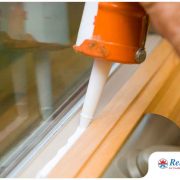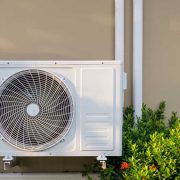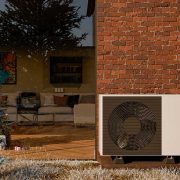Warm-Air Furnaces: What Are They and How Do They Work?
A warm-air furnace, or simply furnace, heats up the air by burning fuel (natural gas or oil) to regulate the temperature of finished rooms. It usually relies on ducts to distribute the hot air it generates throughout the house and a chimney to breathe out combustion gases.

Heating and air conditioning experts would say that two furnaces that use different fuel types can have dissimilar sets of components. Therefore, they operate uniquely to some extent. Generally, though, here’s how they work:
Waiting for the Thermostat’s Signal
A thermostat monitors the temperature of the air, turning on the furnace heat source when the temperature goes below the threshold. Upon receiving the message, the unit turns its burners on to produce warm air until the temperature meets the level set in the thermostat.
When the furnace doesn’t turn on or generate hot air, there’s a good chance that it’s just a thermostat problem. Its setting is probably incorrect or its batteries are dead.
Pull Cold Air Into the Heat Exchanger
Located between the furnace and the cold air return, the blower fan fills the heat exchanger with air to be warmed up. The cold air circulates around it until it becomes hot enough. Then, it travels to the side of the furnace, getting sent to the air plenum accordingly.
Venting Exhaust to the Outside
All gas- and oil-fired furnaces, old and new models, emit #monoxide“>carbon monoxide as a result of combustion. It collects in the heat exchanger and is set to the chimney throughout a vent.
Lying Dormant
As the thermostat detects that the air temperature within the room is adequate, it will switch the furnace off. The heating equipment will remain inactive until more heat is necessary again.
Make Your Heating and Air Conditioning Units Work Efficiently
Reliable Air Conditioning & Heating offers a complete range of services to keep your heating and air conditioning systems functional and energy-efficient. Call us at (818) 423-4285 now or complete this form to discuss your HVAC needs and request service.










Leave a Reply
Want to join the discussion?Feel free to contribute!